Share schemes: Employee ownership trusts – what are they and what are the benefits?
Written by
With the number of employee ownership trusts more than doubling since the end of 2019, Charlie Hewlett, Hugo Brown and Tom Lethaby explain how they work and the potential pros and cons.
One attractive feature of the employee ownership trust route is that the seller of the target company can remain significantly involved in the business after the sale without jeopardising the tax treatment.
Employee ownership trusts (EOTs) are becoming increasingly popular, with the number having increased from 335 in December 2019 to over 800 as at June 2022 (source: Employee Ownership Association). High-profile examples of businesses with an EOT structure include Go Ape, TTP Group, Richer Sounds, Riverford Organic Farmers and Aardman Animations, the creators of Wallace and Gromit.
EOTs are a particularly useful tool for company owners looking to wind down their day-to-day involvement in their business in a tax-efficient way. However, they also have major benefits for the company’s employees.
Basics
An EOT is, as the name suggests, a trust established for the benefit of a business’s employees. The trustee of the EOT is normally a company limited by guarantee. The business is sold by its owner to the EOT and the EOT then owns the company, whose own directors normally retain day-to-day control of the company’s affairs.
When a business owner sells to an EOT, they receive a ‘fair’ price for their shares in the target company, as determined by an independent valuation. It is important to note that there is no need for the business owner to sell at a discount compared to the price they might have received in a trade sale.
The consideration for the sale is normally in the form of cash and loan notes. The trustee typically funds the consideration from the cash available in the target company at completion and then from the ongoing profits of the business. The terms of the loan notes are normally flexible to allow for fluctuations in the company’s performance post completion.
The current rules around EOTs were created with a view to actively encouraging employee ownership, following the recommendations of the Nuttall Review in 2012. There are, accordingly, generous tax breaks for business owners selling to EOTs, including, if certain qualifying criteria are met, a 0% rate of capital gains tax (CGT) on all of the gain arising from a sale to an EOT. This compares very favourably to the 20% CGT rate that would otherwise be payable (or 10% if Business Asset Disposal Relief is available, capped at the first £1m of gain).
There are also tax advantages for the employees of the target company, such as a limited exemption from income tax on bonus payments of up to £3,600 per year. To take advantage of the relevant tax legislation, advance clearance from HMRC is recommended through the statutory ‘Transaction in Securities’ clearance procedure. Most EOT sales have so far been for small businesses, typically worth less than £20m, and an EOT can be appropriate for businesses worth just £1m to £2m. It can be used for much larger businesses, however, with the largest EOT deal so far being for a company worth £275m.
Qualifying criteria
There are, perhaps unsurprisingly, relatively strict rules for when EOT structures can qualify for the tax reliefs. The rules are focused on ensuring the structure is genuinely used for the benefit of employees and not as a way for business owners to avoid CGT.
The five main conditions which must be satisfied to be eligible for EOT relief (0% CGT on gains) are as follows:
- The company involved must be a trading company or the holding company of a trading group.
- The target company must have a minimum proportion of employees who are not the owners or connected persons (such as spouses).
- The trustee of the EOT must hold a controlling interest in the target company, which means it should hold more than 50% of the company’s ordinary share capital, hold the majority of the voting rights in the company and be entitled to more than 50% of the profits, among other requirements.
- The EOT must be established for the benefit of all employees on the same terms, although the amounts paid to employees can vary by reference to remuneration, length of service or hours worked.
- The selling shareholder must be an individual (not a corporate or institution) and have UK tax residency status.
Potential advantages
From the employees’ point of view, the main advantage of an EOT is that they become entitled to share in the profits of their employer. Employee-owned companies are also often more generous with employee benefits than a typical employer. For instance, the John Lewis Partnership, the most famous employee-owned business and inspiration for much of the EOT model, makes various country estates available to employees and their families for breaks, and has other generous employee benefits.
The £3,600 a year exemption from income tax on bonuses for each employee is also clearly very helpful, especially in companies with large numbers of relatively modestly paid employees.
A sale to an EOT is also often less stressful to employees than a normal trade sale, which almost inevitably leads to upheaval in the target company and perhaps redundancies too.
Furthermore, research suggests that companies owned by employees tend to be more successful, competitive, profitable and sustainable than companies with other ownership structures. Increased employee motivation and retention are likely to be key reasons.
For sellers, a major advantage of the EOT structure is clearly the saving in CGT. Many of the advantages, however, are not tax related.
One attractive feature of the EOT route is that the seller of the target company can remain significantly involved in the business after the sale without jeopardising the tax treatment. Many sellers stay on as a director of the company and wind down their day-to-day involvement with the business over a number of years as their loan notes are redeemed. In contrast, in most standard sales, the seller would cease to be a director on completion of the sale or at least have their participation much reduced.
The sale process is often more straightforward than on a trade sale, with lower transaction costs. While it is necessary to get HMRC clearance and establish the EOT structure, this is not an onerous process. Nor is it necessary to market the business for sale and find a suitable external buyer. The amount of due diligence and negotiation required is also substantially reduced, as is the risk of a failed sale.
There are also, importantly, the non-financial benefits. Many sellers like the idea that they can place their business into a structure that benefits their employees, who are, after all, often the very people who have made the business a success.
Downsides
The EOT route is not appropriate for every company or every seller.
A major disadvantage to this route is that the seller is unlikely to get paid out for a number of years. This is an issue both for the sellers and the employees, who do not see many of the benefits of the EOT arrangement until the seller has been paid off.
These deals tend to be self-financing – in other words, the seller gets paid from the profits of the business. It is currently difficult for the trustee of an EOT to raise bank financing to pay the sale consideration. As a result, it can take a seller five to seven years to get all the sale proceeds, with relatively low distributions to the employees being feasible during this period.
Some sellers take the view, however, that in practical terms this is not materially different to many trade sales. In such sales, a lot of the consideration may be subject to an earn-out, where the vendor is tied into helping the business continue to perform for a period (normally 12 or 24 months), with a proportion of the sale proceeds being linked to achieving certain targets.
To mitigate the impact of EOT arrangements on employees, we also increasingly see schemes where the sellers are prepared for a sizeable proportion of the company’s profits to be used for distributions to employees even before the seller has been paid out in full.
EOTs also tend not to work for businesses that are valued at a high multiple (over ten times, as a rule of thumb) of their EBITDA (earnings before interest, taxes, depreciation and amortisation). This is because it is likely to take a long time for the seller to be paid out and accordingly for the employees to start receiving the bulk of the profits from the business. Similarly, the need to pay back the loan notes means that EOTs are rarely a good idea for businesses that have high or volatile internal cash flow requirements.
Furthermore, some trade sellers may be prepared to pay substantially more than the ‘fair’ value of the target company. For instance, where there are substantial cost or revenue synergies between the trade buyer and the target company, the seller can often take advantage of that fact to negotiate a higher purchase price.
Practicalities
An EOT sale typically takes three to five months to complete. Unlike with trade sales, most of this time is not spent doing due diligence and negotiating the legal documentation. There is not such a need for due diligence given that the buyer normally has a very good understanding of the business. There is also less motivation for the seller to hide information about the business because they are ultimately being paid out of its future profits. Similar considerations apply to the share purchase agreement and related documents. Minimal warranties are given and the agreement is kept relatively short. Additional documents, such as a trust deed, are needed but these are rarely heavily negotiated.
By contrast to a trade sale, however, some time is needed to arrange for an independent valuation of the company and apply for clearance from HMRC. It is often also a good idea for a corporate finance specialist to work with the management to map out the future prospects of the business. This will help all involved to have a good understanding of how profits will be allocated to pay down the purchase consideration and thereafter to pay profit-share bonuses to employees.
The company will typically be valued so that enough working capital is retained for it to fund its ongoing trading activities. Any surplus cash in the company will be used to fund an initial pay down of the purchase consideration, with the rest payable through the loan notes.
Another thing to consider is whether to combine the EOT with an Enterprise Management Incentive (EMI) scheme. This can be a good way to further incentivise and retain the management team, particularly when it is going to take the business a long time to pay off the seller. The terms of the EMI can be linked to the EOT sale, so members of the management team receive shares (‘vesting’) once the loan notes have been fully paid down.
Ongoing governance
Once the sale has completed, not much changes in the target company from a legal perspective. The employees remain employed by the same entity and the company carries on trading largely as before. Very often the directors of the company will also not change immediately. The change in shareholding does, however, result in noticeable changes in the governance of the company.
A key change is that decisions at a shareholder level will now be taken by the trustee rather than the seller. It is important that the board of the trustee company properly represents the employees as well as having members with suitable expertise in company governance. As a result, the directors of the trustee company commonly comprise a mix of employees, independent professionals and perhaps also the original seller (at least until they are paid out).
While not strictly required from a legal perspective, in practice the trustee will normally be more of a passive shareholder than an individual owner would be. The trustee’s main role will be overseeing the profit-share policy and loan-note payments and reviewing the trading company’s financial performance. The trading company’s board typically remains responsible for strategy and operational matters. However, the trustee does have control over the appointment and dismissal of the trading company’s directors and their remuneration, so it is a role with some teeth if those directors do not perform.
Is it right for your business?
Sale to an EOT will not suit every business. However, we strongly feel this is something which all business owners should consider when planning succession.
This article was first published in the June issue of Employment Law Journal.


